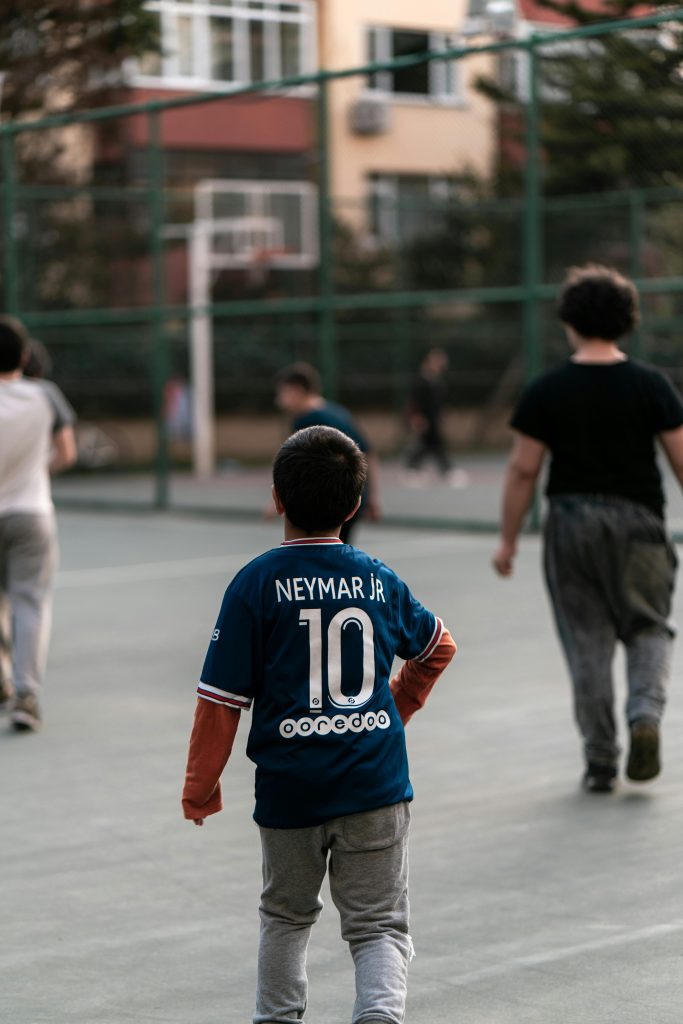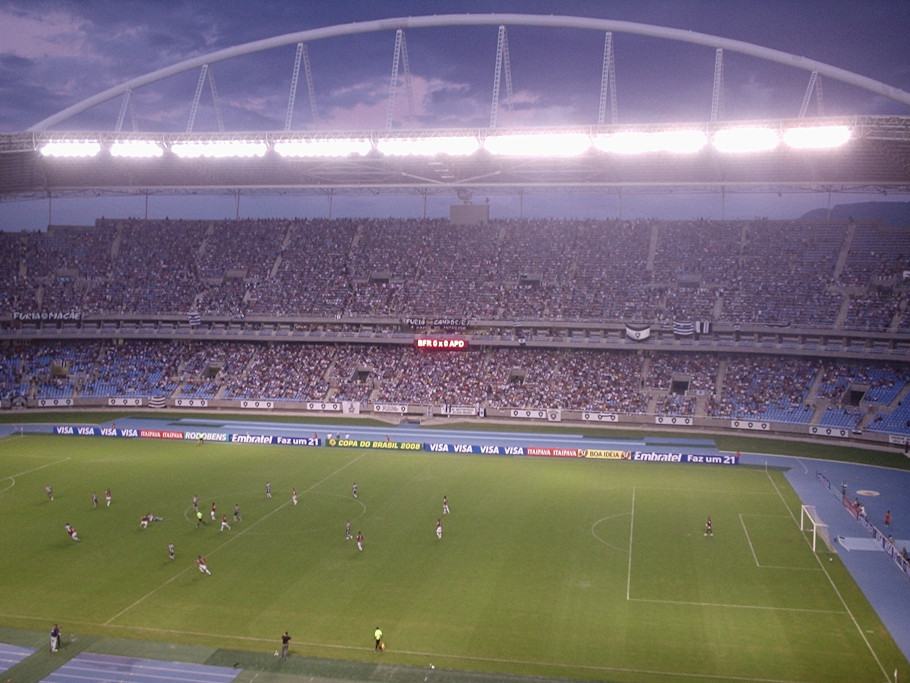Football fans are the lifeblood of the sport, driving its popularity and financial success. They create the vibrant atmospheres in stadiums, generate intense rivalries, and shape the culture surrounding the game. Over the years, the role of fans has evolved, influenced by changes in technology, media, and societal trends. This article delves into the multifaceted role of fans in football, exploring their influence, cultural significance, and how their engagement has transformed in the modern era.
Historical Perspective: The Roots of Fan Culture
The deep-seated connection between fans and football dates back to the sport’s early days in the late 19th and early 20th centuries. As football clubs were established in various towns and cities, they became focal points for local communities. The sport quickly grew in popularity, with matches drawing crowds from all walks of life, fostering a sense of unity and local pride.
In England, for instance, football clubs like Manchester United, Liverpool, and Arsenal became synonymous with their cities, embodying local identity and culture. Supporters organized themselves into groups, attending matches, singing songs, and creating a sense of belonging that transcended social and economic divides. This grassroots connection laid the foundation for the passionate fan culture that still thrives today.
As football spread globally, similar patterns emerged in other countries. Clubs in South America, such as Boca Juniors in Argentina and Flamengo in Brazil, garnered massive followings, reflecting the sport’s growing cultural significance. The development of fan groups, known as “barras bravas” in Latin America and “ultras” in Europe, highlighted the intense emotional investment of supporters.
Influence on the Game: Atmosphere and Home Advantage
One of the most visible impacts of fans on football is the atmosphere they create during matches. The energy, noise, and visual displays orchestrated by supporters can significantly influence the dynamics of a game. Home advantage, often attributed to the presence of local fans, is a well-documented phenomenon in football.
Stadiums like Anfield (Liverpool), La Bombonera (Boca Juniors), and Signal Iduna Park (Borussia Dortmund) are renowned for their intimidating atmospheres, where passionate fans provide unwavering support for their teams. The famous “You’ll Never Walk Alone” chant at Anfield, the “Yellow Wall” in Dortmund, and the vibrant celebrations in Buenos Aires exemplify how fan presence can lift players’ spirits and intimidate opponents.
Research in sports psychology suggests that the crowd’s influence extends beyond mere noise. Players often perform better in front of supportive home crowds, driven by the positive reinforcement and emotional energy emanating from the stands. Conversely, hostile environments can rattle visiting teams, leading to uncharacteristic mistakes and lapses in concentration.
Economic Impact: Driving Revenues and Sponsorship
Fans are a crucial economic driver for football clubs, contributing to revenues through ticket sales, merchandise, and broadcasting. The financial health of clubs often hinges on their ability to attract and retain a loyal fan base.
Ticket sales for home matches provide a substantial portion of a club’s income, especially for lower-league and smaller teams. The size and loyalty of a club’s fan base directly influence attendance figures and, consequently, matchday revenues. In major leagues, the design and amenities of modern stadiums are tailored to enhance the fan experience, encouraging higher attendance and spending.
Merchandise sales represent another significant revenue stream. Fans purchase jerseys, scarves, and memorabilia to display their allegiance, with popular clubs generating substantial profits from branded merchandise. Global fan bases contribute to international sales, with clubs like Real Madrid, Manchester United, and Barcelona boasting lucrative merchandise markets worldwide.
Broadcasting rights, driven by fan demand for live football content, are a cornerstone of modern football’s financial structure. Television deals for major leagues and tournaments generate billions in revenue, underpinned by the vast audience of football fans. These revenues are distributed among clubs, supporting player transfers, infrastructure, and other operational costs.
Sponsorship deals also hinge on fan engagement. Companies seek to associate their brands with football clubs to tap into their large and dedicated fan bases. High-profile sponsorships, such as Nike’s partnership with Paris Saint-Germain or Emirates’ sponsorship of Arsenal, are driven by the desire to reach millions of football enthusiasts.
Cultural Significance: Rituals, Identity, and Community
Football fans contribute to the sport’s rich cultural tapestry through rituals, traditions, and expressions of identity. The communal aspect of supporting a team fosters a sense of belonging and shared identity, extending beyond the confines of the stadium.
Chants and songs are integral to fan culture, serving as expressions of support and unity. From the rhythmic clapping and singing in European stadiums to the synchronized chants of South American fans, these vocal displays are steeped in tradition and contribute to the matchday atmosphere. Songs often celebrate historical victories, iconic players, and local heritage, reinforcing the bond between fans and their clubs.
Visual displays, including flags, banners, and tifos (large choreographed displays), add to the spectacle of football. These artistic expressions convey messages of solidarity, pride, and passion, creating visually stunning backdrops for matches. The creativity and effort invested in these displays reflect the depth of fan commitment.
Derbies and rivalries amplify the cultural significance of fan involvement. Matches like the El Clásico between Barcelona and Real Madrid or the Old Firm derby between Celtic and Rangers are more than just games; they are cultural events that encapsulate regional, historical, and social tensions. The fervor surrounding these fixtures underscores how football can act as a microcosm of broader societal dynamics.
Beyond matchdays, fan culture manifests in various social and charitable activities. Supporters’ clubs often engage in community initiatives, fundraising for local causes, and organizing events that strengthen social bonds. These activities highlight football’s role in fostering social cohesion and contributing to local communities.
Evolution in the Digital Age: New Platforms and Global Reach
The advent of digital technology and social media has transformed the way fans engage with football, expanding their influence and creating new opportunities for interaction.
Social media platforms like Twitter, Facebook, and Instagram allow fans to connect with their clubs and fellow supporters on a global scale. Clubs leverage these platforms to share updates, behind-the-scenes content, and interactive features, enhancing fan engagement. Players also use social media to connect with fans, share personal insights, and build their brands.
Fan forums, blogs, and podcasts provide spaces for discussions, analysis, and fan-generated content. These platforms enable fans to voice their opinions, share experiences, and contribute to the football discourse. The proliferation of fan-led media has democratized football journalism, allowing diverse perspectives and grassroots reporting to flourish.
Streaming services and digital broadcasting have revolutionized how fans access live matches. With the rise of platforms like DAZN and ESPN+, fans can watch games from around the world in real-time, transcending geographical limitations. This accessibility has expanded the global reach of football, allowing fans to follow their favorite teams regardless of location.
Virtual reality (VR) and augmented reality (AR) technologies are emerging as innovative ways to enhance the fan experience. VR can provide immersive viewing experiences, allowing fans to feel as if they are inside the stadium. AR applications can overlay real-time statistics, player information, and interactive features onto live broadcasts, enriching the viewing experience.
Challenges and Future Directions: Adapting to Change
While fans remain integral to football, their role is not without challenges. Changing dynamics in the sport, economic pressures, and evolving fan expectations necessitate adaptation and innovation.
- Commercialization and Fan Alienation: The commercialization of football, driven by rising ticket prices, corporate sponsorships, and global marketing, has led to concerns about fan alienation. Traditional supporters, particularly those from local communities, may feel marginalized by the increasing corporatization of the sport. Balancing commercial interests with preserving authentic fan experiences is a delicate task for clubs and leagues.
- Fan Behavior and Safety: Issues of fan behavior, including hooliganism, racism, and violence, continue to pose challenges. Football authorities and clubs must implement robust measures to ensure safety and inclusivity within stadiums. Initiatives like anti-racism campaigns, stricter security protocols, and fan education programs are essential for fostering a positive matchday environment.
- Pandemic Impact and Recovery: The COVID-19 pandemic disrupted traditional fan engagement, with empty stadiums and social distancing measures affecting the matchday experience. The recovery process involves rebuilding fan attendance, enhancing digital engagement, and addressing the financial impact on clubs. Innovative approaches to hybrid fan experiences, combining in-person and digital elements, may shape the future of fan interaction.
- Sustainability and Environmental Responsibility: The growing emphasis on sustainability in sports presents opportunities for fan involvement. Initiatives promoting eco-friendly practices, such as reducing stadium waste, encouraging public transport, and supporting carbon offset programs, can engage fans in environmental stewardship. Clubs and supporters can collaborate on sustainability projects, reinforcing football’s role in addressing global challenges.
- Inclusivity and Diversity: Ensuring inclusivity and diversity within fan communities is crucial for the sport’s growth. Efforts to welcome fans from diverse backgrounds, promote gender equality, and address discrimination are essential for fostering an inclusive football culture. Supporters’ groups and clubs must work together to create welcoming environments that reflect the sport’s universal appeal.
Conclusion: The Enduring Impact of Football Fans
Football fans are the heartbeat of the sport, providing the passion, energy, and support that make football a global phenomenon. Their influence extends beyond the confines of stadiums, shaping the culture, economics, and evolution of the game. As the role of fans continues to evolve in the digital age, their engagement remains vital for the future of football.
Balancing traditional fan experiences with modern innovations, addressing challenges, and fostering inclusivity will be key to sustaining the vibrant connection between fans and football. By embracing the diverse and dynamic nature of fan culture, the football community can ensure that supporters remain at the heart of the beautiful game for
- Neymar’s Return to Santos FC - January 29, 2025
- Manchester United and Manchester City: Challenges in the 2024-2025 Premier League Season - January 5, 2025
- Manchester City: The Downfall of a Modern Football Powerhouse - December 16, 2024



